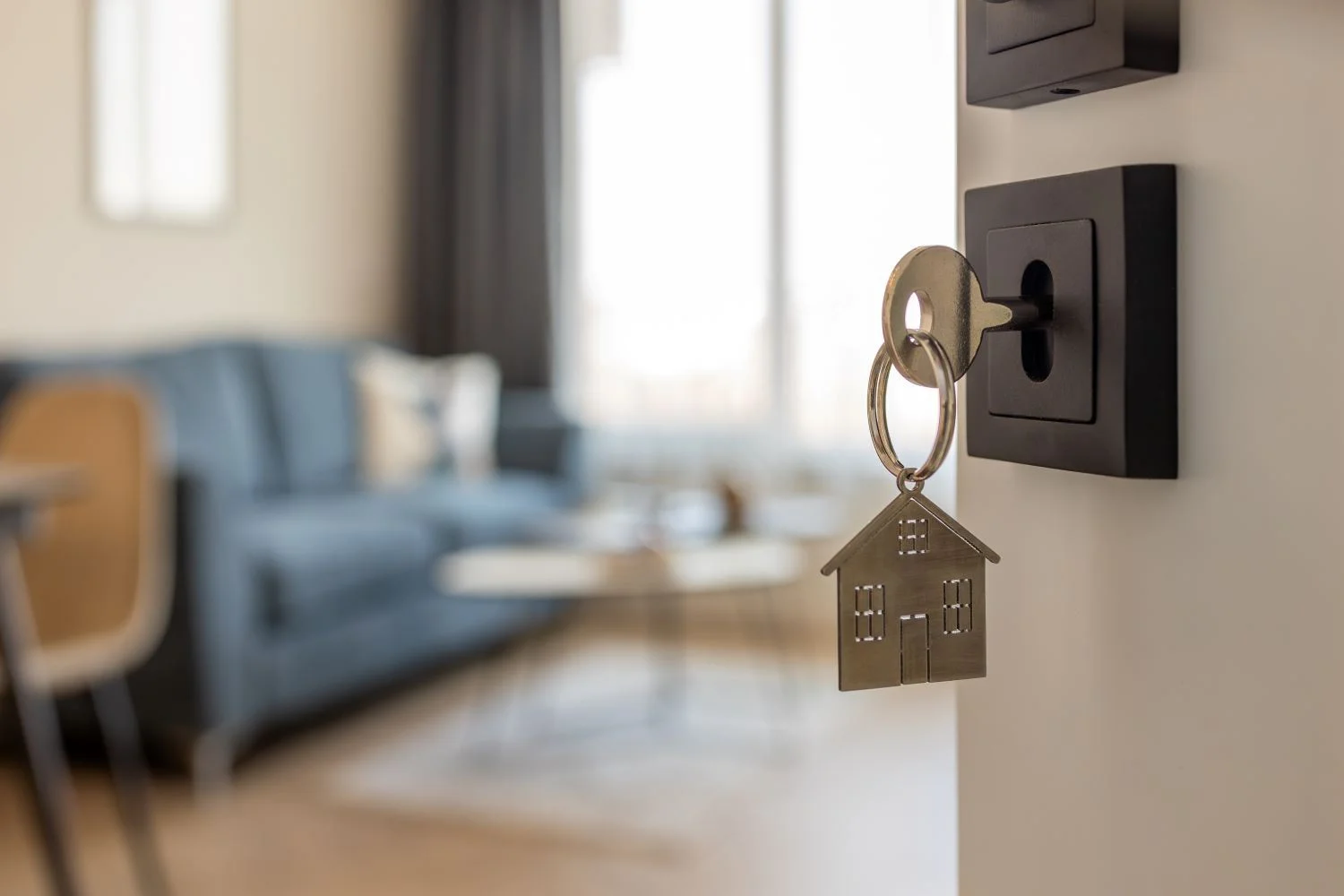Turn Your Home’s Equity Into Cash: A Fun Guide to HELOC Wonders!
Unlocking your home's equity can help tackle big expenses or fund dreams. Discover how a HELOC can make your financial goals more reachable, even in tricky times.

Are you sitting on a gold mine without even knowing it? If you own a home, there’s a good chance you have some equity built up. Equity is the difference between what your home is worth and what you owe on your mortgage. It can be a powerful tool, especially when it comes to making big financial decisions. One of the most popular ways to tap into that equity is through a Home Equity Line of Credit, commonly known as a HELOC. Let’s explore HELOCs, how they work, and how they can turn your home’s equity into cash for your needs.
First off, what exactly is a HELOC? Think of it as a credit card that uses your home as collateral. When you take out a HELOC, you’re given a line of credit based on the equity you’ve built in your home. This means you can borrow money as needed, up to your credit limit, and you only pay interest on the amount you actually use. This flexibility can be a game-changer for homeowners who need to cover expenses like home renovations, debt consolidation, or even education costs.
Now, let’s break down how a HELOC works. When you apply for one, lenders will assess your home’s value and subtract what you owe on your mortgage to determine your equity. Typically, you can borrow up to 85% of your home’s equity. After your application is approved, you’ll have a set period (often 5 to 10 years) during which you can draw from your line of credit. This is called the draw period. During this time, you usually only need to make interest payments on the amount you’ve borrowed. Once the draw period ends, you’ll enter the repayment period, where you start paying back the principal as well.
One of the best things about a HELOC is its flexibility. Need to renovate your kitchen? You can draw funds as needed for materials and labor. Want to consolidate high-interest credit card debt? You can use the funds to pay off those debts, potentially lowering your monthly payments. The options are vast, and knowing you have access to cash can bring peace of mind.
However, it’s essential to understand the responsibilities that come with a HELOC. Because your home is collateral, failing to make payments can put you at risk of foreclosure. It’s crucial to only borrow what you can afford to pay back. A good strategy is to treat your HELOC like a credit card: only use it for significant expenses that will provide a return on investment, like home improvements that increase your home's value.
Another nuance to consider is the interest rates associated with HELOCs. Unlike fixed-rate mortgages, HELOCs typically have variable interest rates, which means your payments can fluctuate over time. This can be a pro or a con, depending on market conditions. If rates go down, you could benefit from lower payments. However, if rates rise, your payments could become more expensive. It’s wise to keep an eye on market trends and factor that into your budgeting.
You might be wondering how to manage your HELOC effectively. Here are a few tips to help you along the way:
1. **Create a Budget:** Before you draw from your HELOC, outline what you plan to use the funds for and establish a budget. This will help ensure you don’t overspend or borrow more than you need.
2. **Prioritize Needs Over Wants:** It can be tempting to use your HELOC for non-essential items, but it’s smarter to focus on needs that will substantially benefit you financially, like home repairs or consolidating debt.
3. **Set a Plan for Repayment:** The success of a HELOC hinges on your ability to repay it. Set clear goals for how you’ll pay back what you borrow and stick to them.
4. **Monitor Your Equity:** Keep an eye on your home’s value and your remaining equity. This will help you make informed decisions about when or how much to borrow against.
5. **Communicate with Your Lender:** Your mortgage loan officer (like me!) can provide you with valuable insights tailored to your financial situation. Don’t hesitate to reach out for advice!
Now, you might be curious about the costs associated with a HELOC. While there are often no closing costs, you may encounter fees for the application, appraisal, or annual maintenance. Additionally, some lenders may require you to keep a minimum balance or charge you for inactivity. It’s essential to read the fine print and understand all the costs involved.
When considering a HELOC, you might also want to think about your long-term plans. Are you planning to stay in your home for several more years, or do you anticipate moving soon? If you’re going to sell your home in the near future, it may not make sense to take on additional debt with a HELOC as you may not have enough time to benefit from it.
Ultimately, the decision to tap into your home equity with a HELOC should align with your financial goals and circumstances. Whether you’re looking to fund a renovation project, pay off debt, or finance education, a HELOC can be a valuable tool in your financial toolbox.
If you're feeling inspired to explore the potential of a HELOC and how it can work for you, I’m here to help. Let’s have a conversation about your unique needs and how we can make a plan that suits you best. Don’t hesitate to reach out!